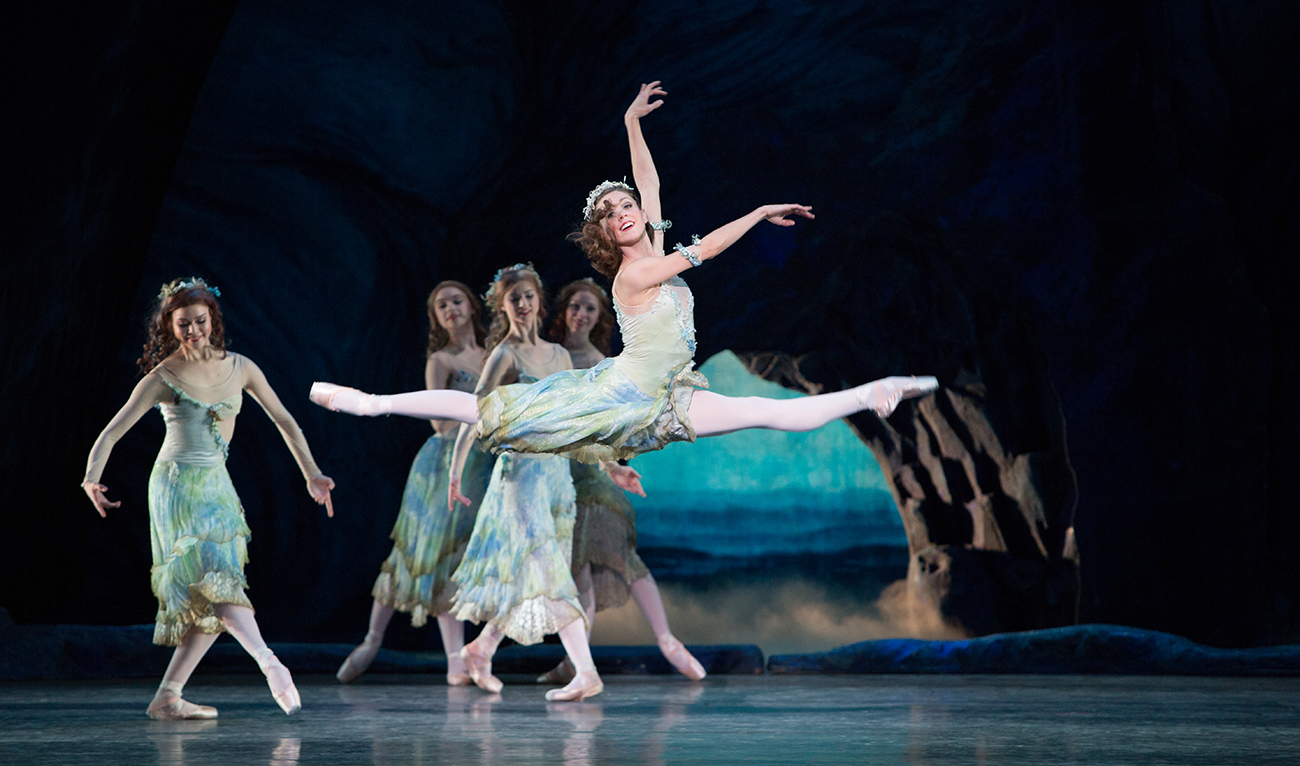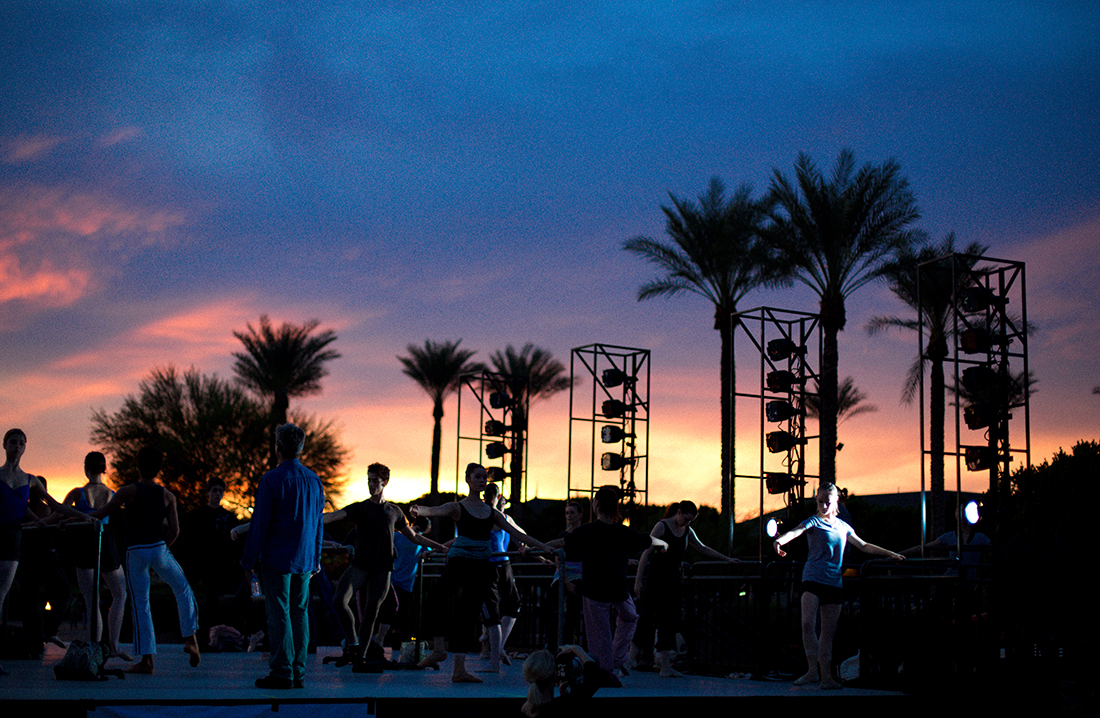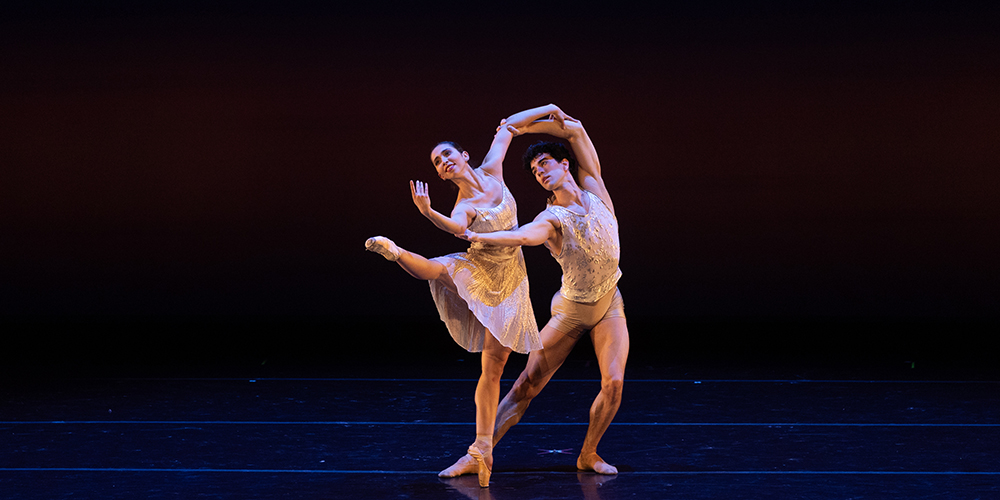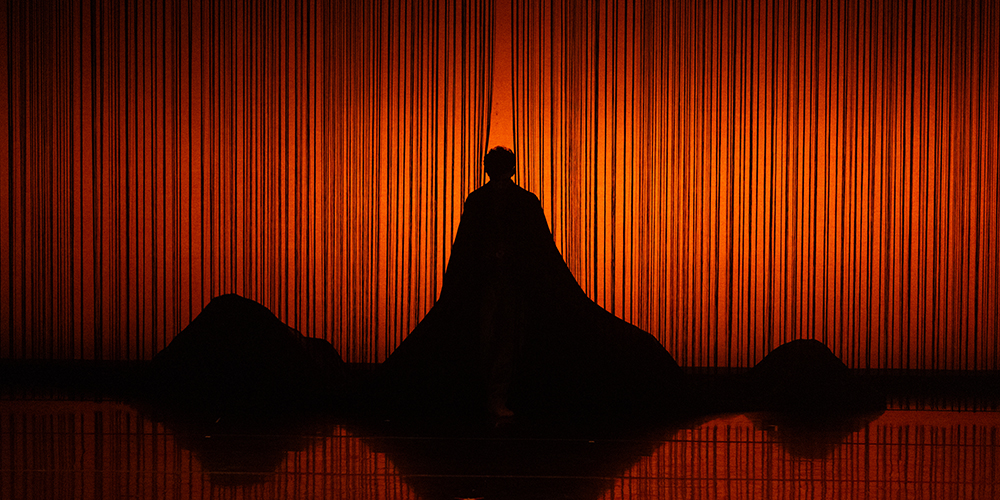We love watching dancers leap across the stage, so here is your guide to some of the most popular jumps in ballet!

Grand Jeté Pas de Chat
More commonly known as saut de chat [soh duh shah], this jump is one of the most popular and widely recognized in ballet! Often seen in grand allegro’s and women’s variations, this step describes when a dancer throws one leg into the air through a développé, meaning the working leg in drawn up the knee of the supporting leg and then extended straight out. Then, from a plie on the supporting leg, the dancer jumps into the air and fully extends that leg, so for a brief moment the dancer looks like they are doing the splits in the air! To finish, the dancer lands in a plie on the first leg. Sounds complicated, but it’s a dancer and audience favorite for a reason!
Click here to see a saut de chat!
Sissonne
[see-sawn]
There are many types of sissone in ballet, but the best way to describe the jump is to think of the dancer’s legs like scissors. To start, the dancer has both legs on the floor in a plie and then splits their legs open in the air before landing. Depending on the choreography, dancers can land on either one or two feet, but it always begins with both legs pushing off the floor. The most common is the sissonne fermee, where the dancer begins and ends the jump in fifth position.
Cabriole
[ka-bree-awl]
Meaning caper, or playful skipping movement, a cabriole can be done in a variety of positions. From devant, derrière, and à la seconde (front, back, or side) to the height of the jump and the legs, it is one of the most versatile steps in ballet. In a cabriole, the dancer starts by jumping in the air off of one leg, as the other leg is thrown upwards. Then, the standing leg raises to meet the top leg, “beating” together and pushing the top leg to go higher in the air, as the bottom leg returns to the floor.
Saut de Basque
[soh-duh-bask]
In ballet, saut de basque describes a travelling jump that has a lot of moving parts. First, the dancer throws one leg into the air, jumps off the floor with the standing leg and then brings that same standing leg into a retire (leg bent with the foot touching the knee), completes a turn in the air and then lands one the first leg. Like we said, a lot of moving parts, but essentially what you get is a pirouette in the air.
Click here to see a saut de basque!
Tour en L’air
The perfect combination of turning and jumping, tour en l’air means “turn in the air.” It is one of the most exciting steps in ballet and commonly performed in men’s variations! The step begins and ends in fifth position, with the dancer jumping from a plie, keeping their feet in fifth position but pointed, completing a full turn in the air, and then landing back where they started. Dancers can do a single, double, or triple turn, meaning their bodies do multiple rotations in the air before landing.






